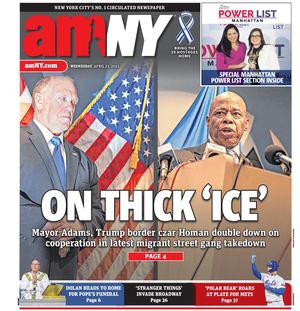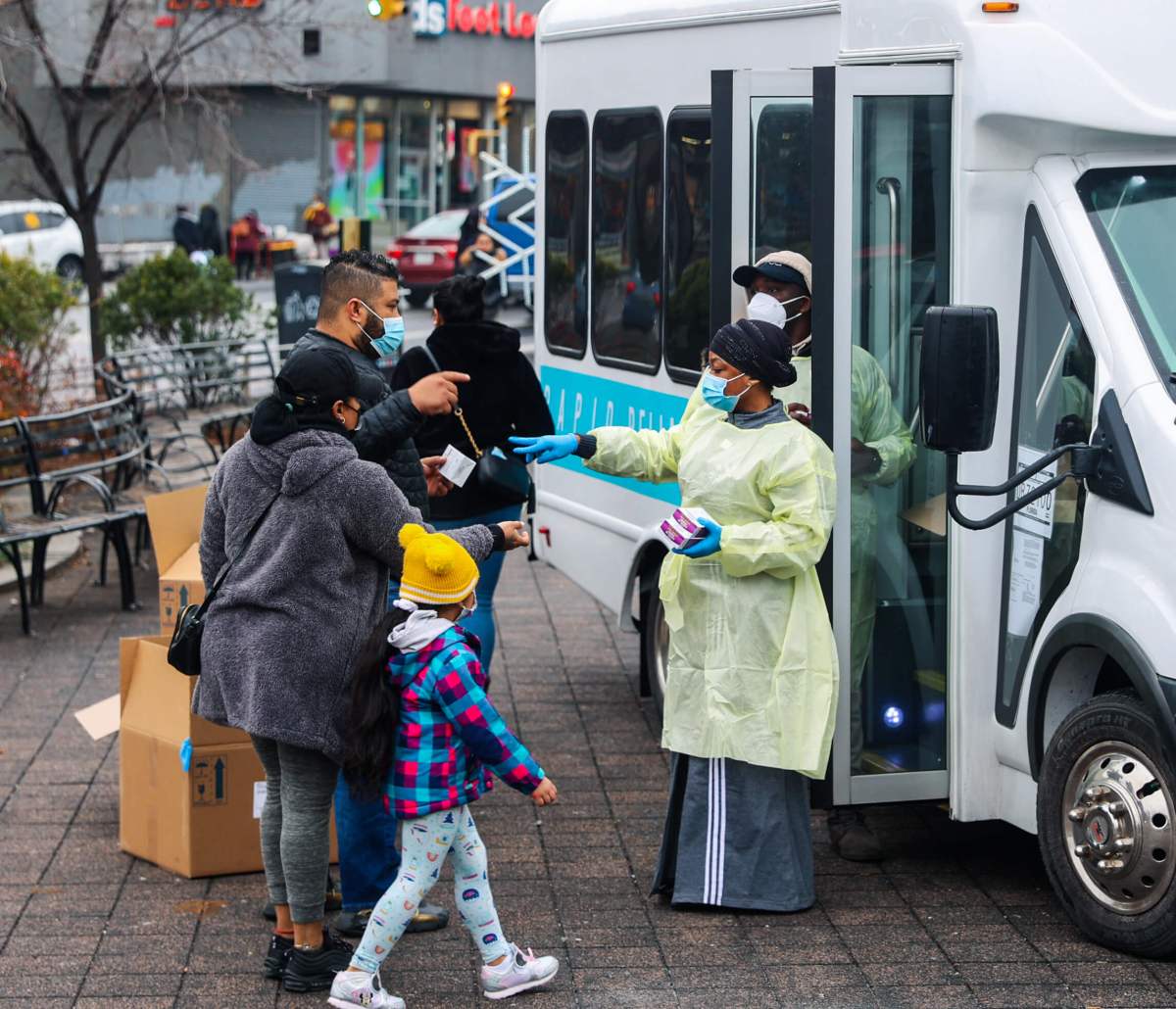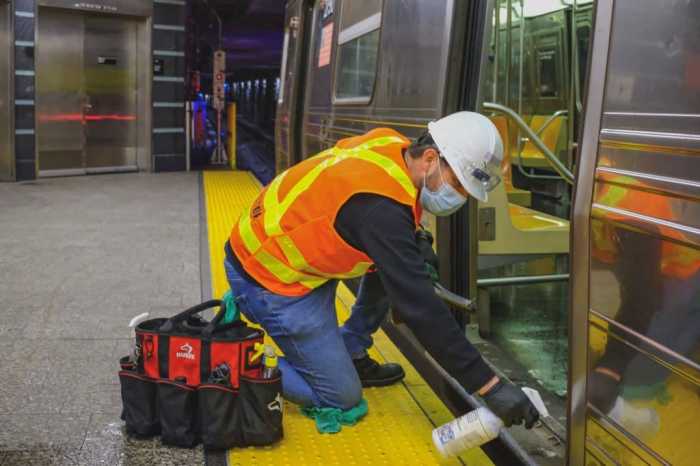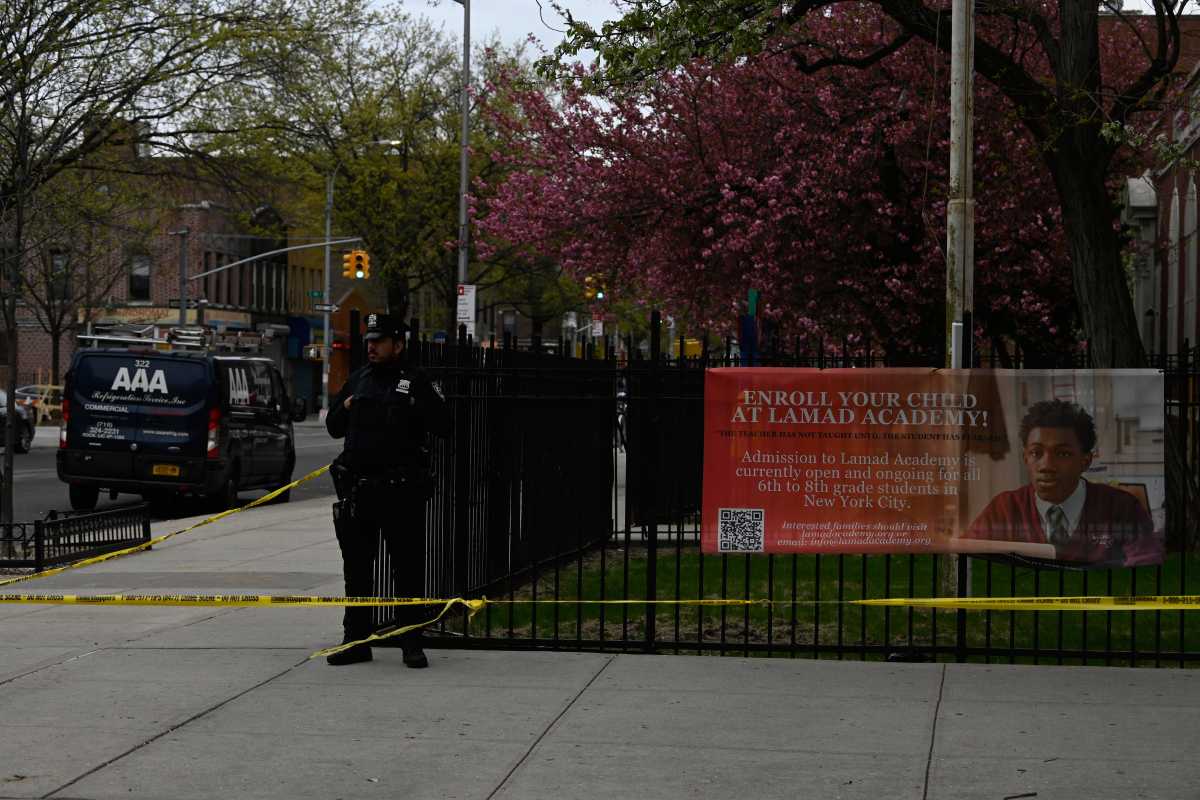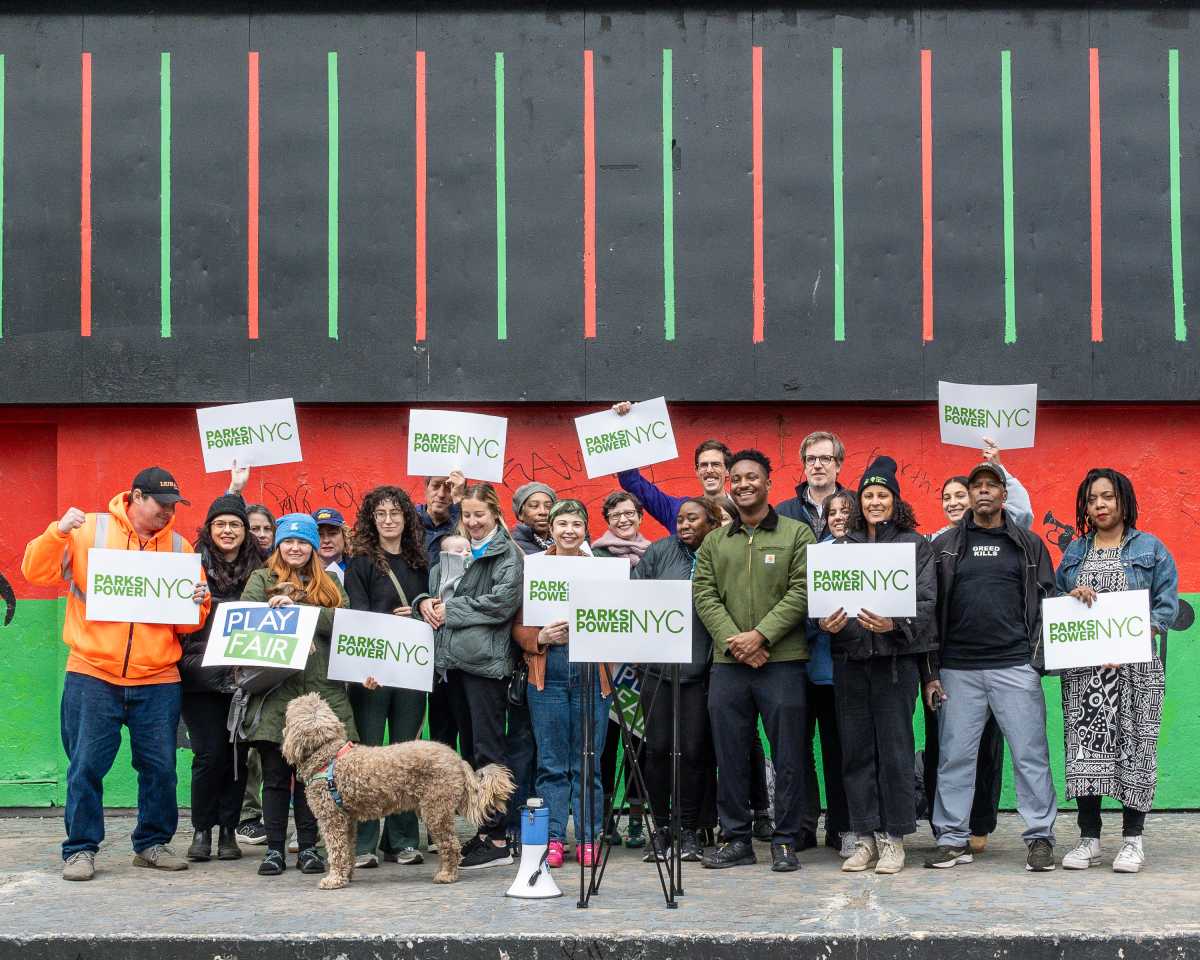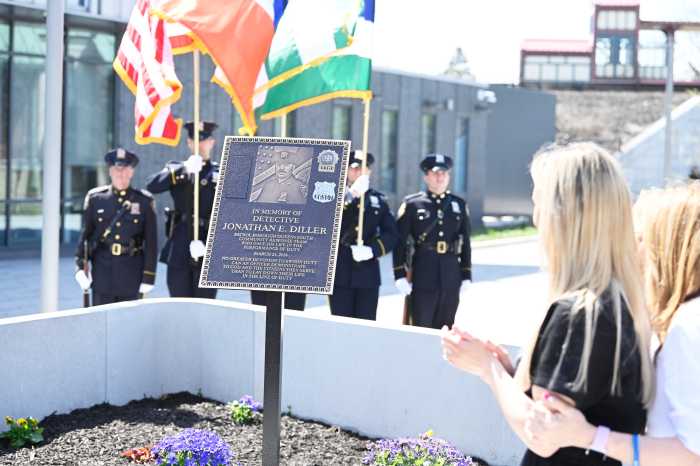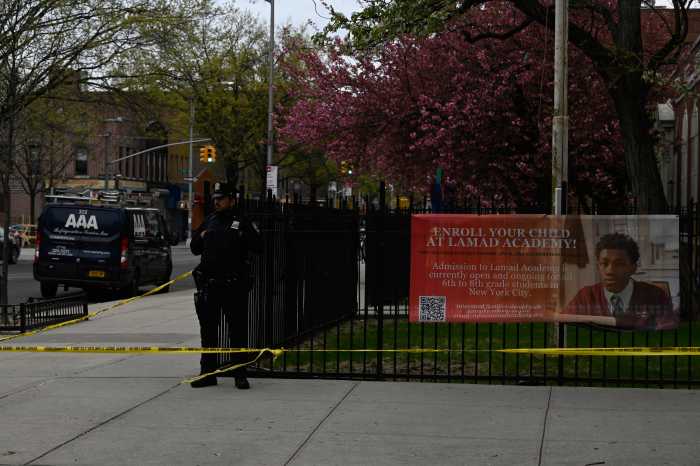As pressure mounts to delay the start of in-person classes this fall, more families are choosing to not send their children back to school buildings.
As of Friday, Aug. 28, the families of 366,553 New York City public school students have requested to participate in only remotely learning this fall, according to Department of Education data released Monday. The city’s roughly 1,800 public schools educate over 1 million students.
We know that nothing can replace in-person instruction and the many supports, including social, emotional and health benefits, that students get in the classroom,” said DOE spokesperson Katie O’Hanlon. “Using the most current data from this survey, approximately 63% of students are set to return to school buildings in September. “
Nearly 30,000 more families have opted out of blended learning since last week, according to DOE data. On Aug. 24, the department reporter that 337,394 students would be taking online classes only this fall and the week before that 304,880.
This number will most likely continue to increase throughout the fall given that families can choose to remove their students out of school buildings and into online-only classes at any time. Families interested in opting into blended learning, in which students spend some days in schools and some days learning from home, will only be allowed to do so on a few designated dates throughout the year.
Out of those students opting for fully remote learning, 37% are Hispanic, 27% Asian, 20% Black and 11% white. The remaining number of students either identified as “other” or did not choose to share any information on race or ethnic background, according to the DOE.
The department also provided a breakdown of students requesting fully remote learning who potentially live in poverty by school district.
|
District |
% Remote Learning Requested |
Economic Need Index |
|
1 |
44% |
67% |
|
2 |
39% |
53% |
|
3 |
31% |
49% |
|
4 |
38% |
83% |
|
5 |
31% |
83% |
|
6 |
34% |
83% |
|
7 |
31% |
92% |
|
8 |
39% |
83% |
|
9 |
32% |
93% |
|
10 |
38% |
84% |
|
11 |
35% |
79% |
|
12 |
30% |
93% |
|
13 |
42% |
61% |
|
14 |
38% |
75% |
|
15 |
34% |
57% |
|
16 |
31% |
83% |
|
17 |
35% |
77% |
|
18 |
33% |
74% |
|
19 |
36% |
87% |
|
20 |
44% |
77% |
|
21 |
37% |
74% |
|
22 |
37% |
65% |
|
23 |
31% |
88% |
|
24 |
32% |
73% |
|
25 |
45% |
64% |
|
26 |
51% |
49% |
|
27 |
40% |
69% |
|
28 |
41% |
62% |
|
29 |
40% |
64% |
|
30 |
34% |
68% |
|
31 |
29% |
53% |
|
32 |
30% |
87% |
|
75 |
34% |
89% |
|
79 |
3% |
86% |
